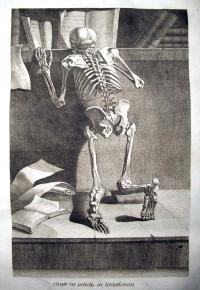
Jacques Gamelin (1738-1803), Nouveau recueil d’ostéologie et de myologie, dessiné d’après nature … pour l’utilit des sciences et des arts [A New Collection of Bones and Muscles, Drawn from Life… for the Use of Sciences and the Arts] (Toulouse: J.F. Desclassan, 1779). Two parts in one. Etched frontispiece, title with etching, 41 full-page engraved plates and ten etched vignettes. Graphic Arts GAX 2010- in process
Surgite mortui, et venite ad judicium (Arise, ye dead, and come to the judgment). [From XXVIII Sermons (1651), Sermon XIX]).
The French painter and engraver Jacques Gamelin (1738-1803) entered the Art Académie Royale de Toulouse under the patronage of Baron de Puymaurin, a wealthy industrialist (to whom he dedicates this book). Puymaurin also financed a trip to Rome, where Gamelin studied with the Neoclassical master painter Jacques-Louis David (1748-1825) and eventually became the chief painter to Pope Clement XIV.
In 1777, Gamelin’s father died and he returned to Toulouse. Using his inheritance, Gamelin began work on the most important project of his career Nouveau recueil d’ostéologie et de myologie. With the assistance of local magistrates, Gamelin was given access to the corpses of executed criminals, which he both dissected and sketched. Then, he hired two engravers, Jacques Lavallée (active 1790-1830) and an artist known only as Martin, to assist him in converting these drawings to prints. After two years, Gamelin released his masterpiece in an edition of 200 copies, priced at forty livres each (nine livre may be the cost to dress a man at that period). The book did not sell and Gamelin went bankrupt. Most of the unsold copies were either pulped or dismembered, accounting for the book’s exceptional rarity.

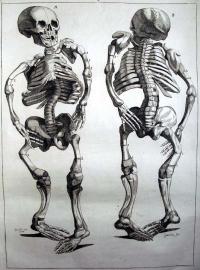
The atlas is a mixture of imaginative artistic life-studies and technical anatomical drawings. The first part is devoted to bones and the second part to muscles. Allegorical scenes of death, battle, and genre scenes appear throughout.
The plates of the second part are larger and more expressive, while those of the first part more fantastical in their conceptions. Many are done in the crayon manner with Gamelin personally engraving much of the second part. Chalk or crayon manner engraving is a technique used to imitate chalk or pastel drawings. Special toothed tools, such as roulettes, mattoirs (punches), or champignons were used to create dotted patterns on the plate that suggest the grainy appearance of chalk strokes on paper.
Gamelin hoped to offer this work to both anatomy students and artists, thereby embracing both art and science.
“Gamelin is acknowledged as one of the “little masters” of French eighteenth-century painting. The plates for his anatomical atlas … were prepared from drawings made at his own dissection facility; they are distinct from the plates of other works of its type, being larger, more artistically varied, and more expressive and fantastic in their conceptions. ….Gamelin’s technical perfection, coupled with the emotional and fantastical elements in his images, have led him to be seen as a precursor of Goya; in fact, the young Goya may have known or studied with Gamelin, who taught in Rome during the time Goya was there.” (The Haskell F. Norman Library of Science and Medicine, p.316).
Memento homo, quia pulvis es, et in pulverem reverteris (Remember, man, that you are dust and unto dust you shall return)
To read more, see Hook & Norman, The Haskell F. Norman Library of Science and Medicine (1991) no. 872, Annex A, Z7401 .H347 1998.
Also Garrison-Morton 401.1. Choulant-Frank 352. Campbell Dodgson, “The Macbre in Two Centuries,” in Print Collector’s Quarterly, April 1929, XVI, 135-143. G. Bazin, “Un Précurseur de Goya et de Delacroix,” Marianne, 17 August 1938, p.8. Waller 3404. Rifkin & Ackerman, Human Anatomy, 219-227.
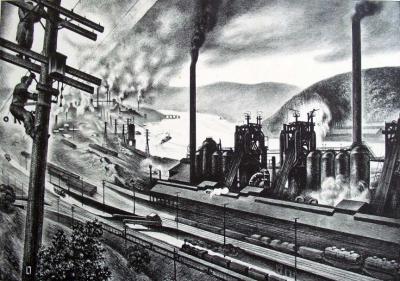
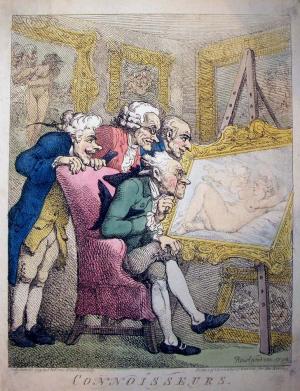
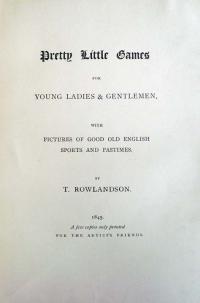

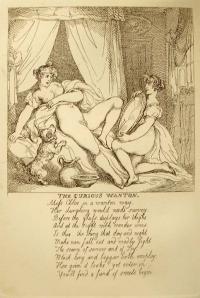
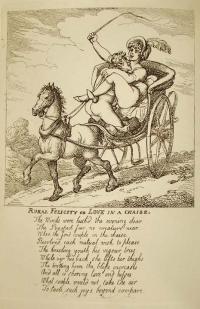





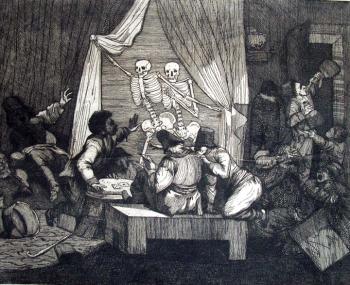
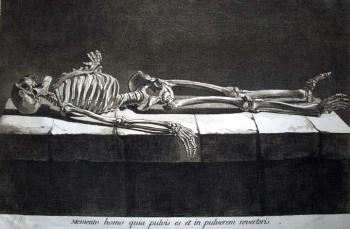
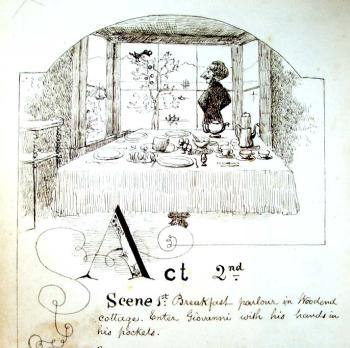
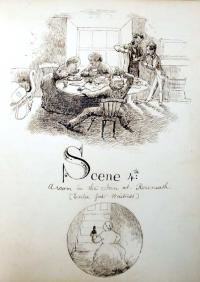

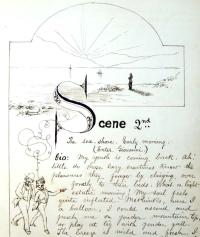
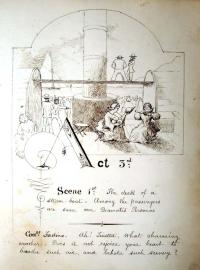
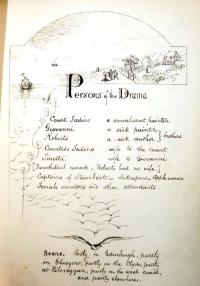


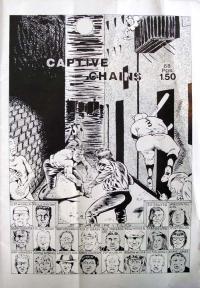

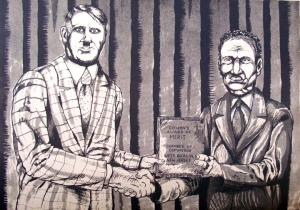
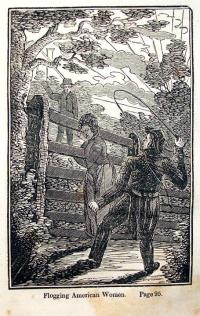

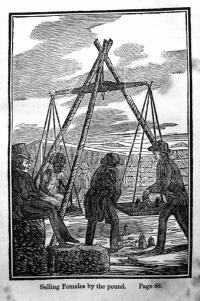
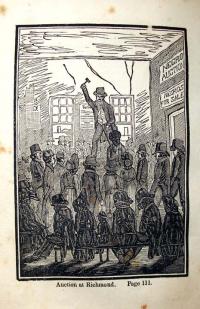

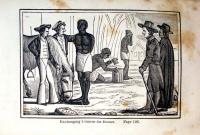


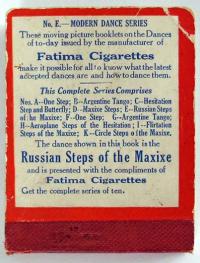
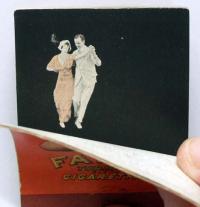
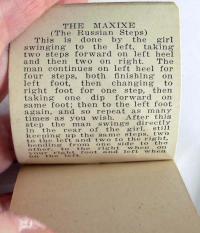
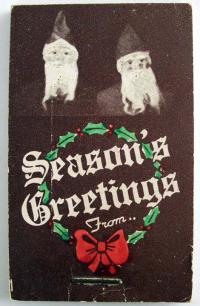
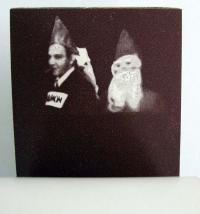
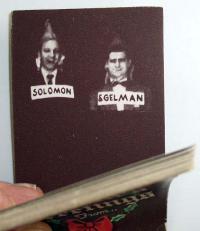

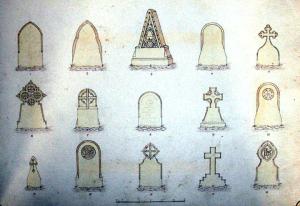

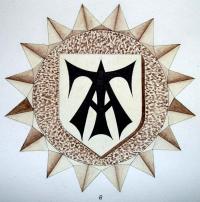
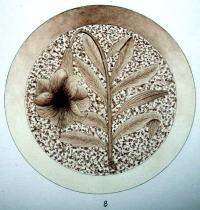
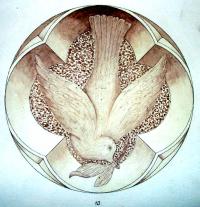
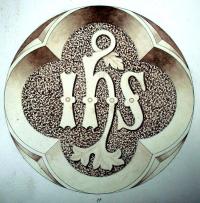

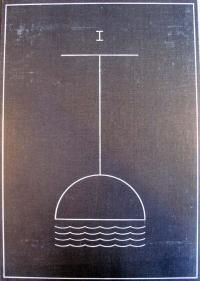
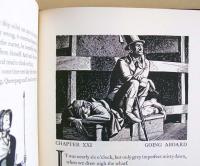
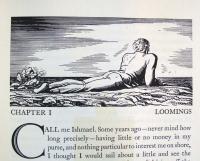

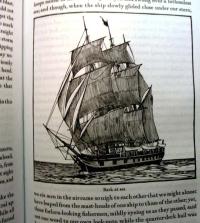
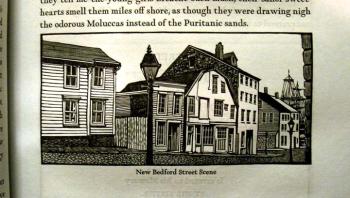
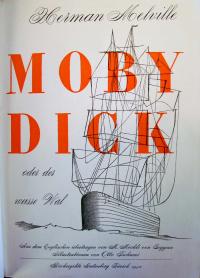
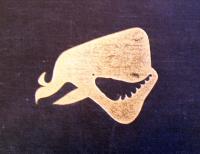

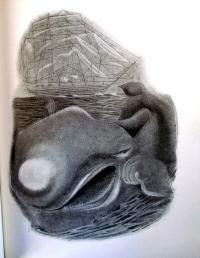

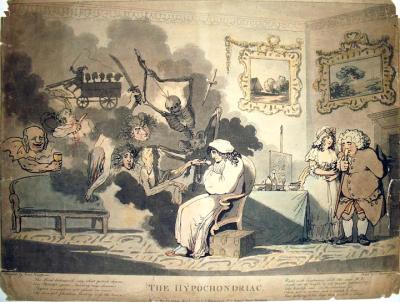

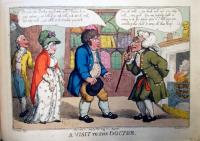

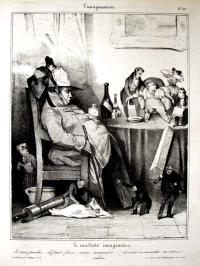
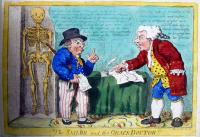
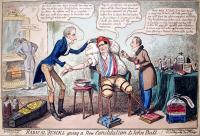
Recent Comments